A Roller bearing is a type of bearing that uses rolling elements for supporting loads and reducing friction. It uses cylinders for maintaining the separation between moving parts of a bearing. When compared to the ball bearing, these bearings consist of barrel-shaped rolling elements rather than spherical balls. They can support heavier loads than ball bearings of similar sizes but cannot handle high speeds like ball bearings. In this article, we will take a closer look at different types of roller Bearings. Read this new blog in Linquip to find out more about these types.
Different Types of Roller Bearings
- Cylindrical Roller Bearings
- Single Row Cylindrical Roller Bearings
- Double Row Cylindrical Roller Bearings
- Spherical Roller Bearings
- Tapered Roller Bearings
- Single Row Tapered Roller Bearings
- Double Row Tapered Roller Bearings
- Needle Roller Bearings
- Thrust Roller Bearings
- Gear Bearings
- CARB Toroidal Roller Bearing
Different types of roller bearings are explained below.
Cylindrical Roller Bearings
Cylindrical roller bearings have high radial load capacity and moderate thrust loads. They contain rollers that are cylindrically shaped but are not true cylinders. Instead, these rollers are crowned or end-relieved to reduce stress concentrations. This geometry results in low friction and allows for high-speed applications.
The rollers are guided by the ribs of the inner or outer ring. The inner and outer rings can be separated to facilitate assembly, and both can be fitted tightly. Cylindrical roller bearings are similar in design to needle roller bearings but the dimensions of diameter and roller length are closer in magnitude.
Cylindrical roller bearings are further classified into two types:
Single Row Cylindrical Roller Bearings
Single-row roller bearings are demountable, the ring with pilot flanges together with the cage with rollers, and the second ring can be assembled separately. They are manufactured in multiple series in basic designs NU, N, NJ, and NUP.
The bearings feature high rigidity, low friction, the ability to transmit high radial loads and are suitable for high rpm.
These types of roller bearings are suitable for special placing applications and can be supplied either with low or high radial clearance. The bearings are manufactured in normal accuracy. For more accuracy or higher rpm frequency, bearings with higher running accuracy are used.
Double Row Cylindrical Roller Bearings
Cylindrical bearings are designed for additional strength in carrying radial loads. These bearing types are interchangeable so the dimensions and diameter under the rollers (NNU style) and diameter over the rollers (NN style) are held to an ISO/DIN standard. Interchangeability is designed for the ring without the rollers to allow interchange with competitor inner rings.
These bearings are used in the printing cylinders of printing machinery, rolling mill rolls, and the main shafts of machine tools, where thin-walled bearings are required. In the main shafts of machine tools, the radial inner clearance is adjusted by pushing the tapered shaft into the inner ring of the tapered bore.
Spherical Roller Bearings
These types of roller bearings have an outer ring with an internal spherical shape. The rollers are thicker in the middle and thinner at the ends. Spherical roller bearings can thus accommodate both static and dynamic misalignment. However, spherical rollers are difficult to produce and thus expensive, and the bearings have higher friction than an ideal cylindrical or tapered roller bearing since there will be a certain amount of sliding between rolling elements and rings.
These bearings can carry heavy loads even when dealing with misalignment and shaft deflection. They can be designed to have cylindrical or tapered bores for mounting with or without a sleeve adapter. Available with various internal clearances and retainer options, spherical roller bearings can handle axial loading in either direction as well as heavy shock loads. These bearings are available in bore dimensions ranging from 20 mm to 900 mm.
Tapered Roller Bearings
These types of roller bearings can support radial and thrust loads. They can only handle unidirectional axial loads, so a second laterally reversed bearing is required for counter stay. Tapered roller bearings are available in inch and metric sizes.
These roller bearings use conical rollers that run on conical races. Most roller bearings only take radial or axial loads, but tapered roller bearings support both radial and axial loads, and generally can carry higher loads than ball bearings due to greater contact area.
Tapered roller bearings are used, for example, as the wheel bearings of most wheeled land vehicles. The downsides to this bearing are that due to manufacturing complexities, tapered roller bearings are usually more expensive than ball bearings; and under heavy loads, the tapered roller is like a wedge and bearing loads tend to try to eject the roller; the force from the collar which keeps the roller in the bearing adds to bearing friction compared to ball bearings.
Tapered roller bearings are classified into two following types.
Single Row Tapered Roller Bearings
Single-row tapered roller bearings are the most basic and widely used, consisting of a cone assembly and a cup. Single row tapered roller bearings are designed to accommodate combined loads, i.e. simultaneously acting radial and axial loads. The projection lines of the raceways meet at a common point on the bearing axis to provide a true rolling action and therefore low frictional moments during operation.
Double Row Tapered Roller Bearings
Double row tapered roller bearings are designed in many variants and with different features. Depending on the design, these bearings can accommodate heavy radial loads, axial loads in both directions and have a high degree of stiffness. Double row tapered roller bearings are typically used in gearboxes, hoisting equipment, rolling mills, and machines in the mining industry, e.g. tunneling machines.
Needle Roller Bearings
These types of roller bearings are thinner than conventional roller bearings and can be designed with or without an inner ring. Needle roller bearings are ideal for dealing with radial space constraints in heavy-load, high-speed applications. Drawn cup styles allow for high load capacities and large grease reservoirs while still offering a slim cross-section design. These bearings are offered with inch or metric seals.
Needle bearings are heavily used in automobile components such as rocker arm pivots, pumps, compressors, and transmissions. The drive shaft of a rear-wheel-drive vehicle typically has at least eight needle bearings (four in each U joint) and often more if it is particularly long, or operates on steep slopes.
Thrust Roller Bearings
Thrust Bearings are designed for pure thrust loads and can handle little or no radial load. Roller thrust bearings use rollers similar to other types of roller bearings.
Thrust Roller Bearings are available with cylindrical or spherical rollers. Thrust bearings sustain only axial loads but have high axial rigidity which is suitable for heavy loads. They contain convex rollers, have a self-aligning capability, and are free of any influence of shaft deflection or mounting error.
Gear Bearings
Gear bearings are types of roller bearings combining with epicyclic gear. Each element of these bearings is represented by a concentric alternation of rollers and gear wheels with equality of rollers, diameters, to gearwheel, pitch diameters. The widths of conjugated rollers and gear wheels in pairs are the same. The engagement is herringbone or with the skew, end faces to realize efficient rolling axial contact. The downside to this bearing is manufacturing complexity. Gear bearing could be used, for example, as efficient rotary suspension, kinematically simplified planetary gear mechanism in measuring instruments and watches.
CARB Toroidal Roller Bearing
CARB bearings are toroidal roller bearings and similar to spherical roller bearings but can accommodate both angular misalignment and also axial displacement. Compared to a spherical roller bearing, their radius of curvature is longer than a spherical radius, making them an intermediate form between spherical and cylindrical rollers. Their limitation is that, like a cylindrical roller, they do not locate axially. CARB bearings are typically used in pairs with a locating bearing, such as a spherical roller bearing. This non-locating bearing can be an advantage, as it can be used to allow a shaft and housing to undergo thermal expansion independently.
So, this was everything you needed to know about different types of roller bearings. If you enjoy this article, let us know what you think by leaving a reply in the comment section. We will be more than glad to have your viewpoint on the article. Is there any question we can help you through? Feel free to sign up on the Linquip website where our experts are prepared to provide you with the most professional advice.

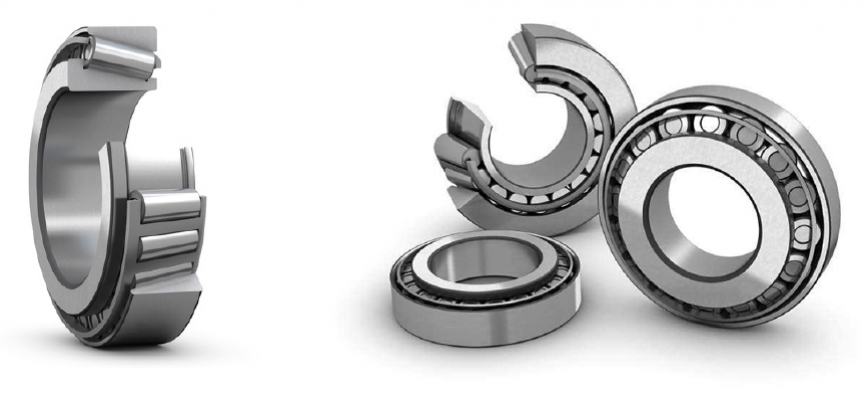
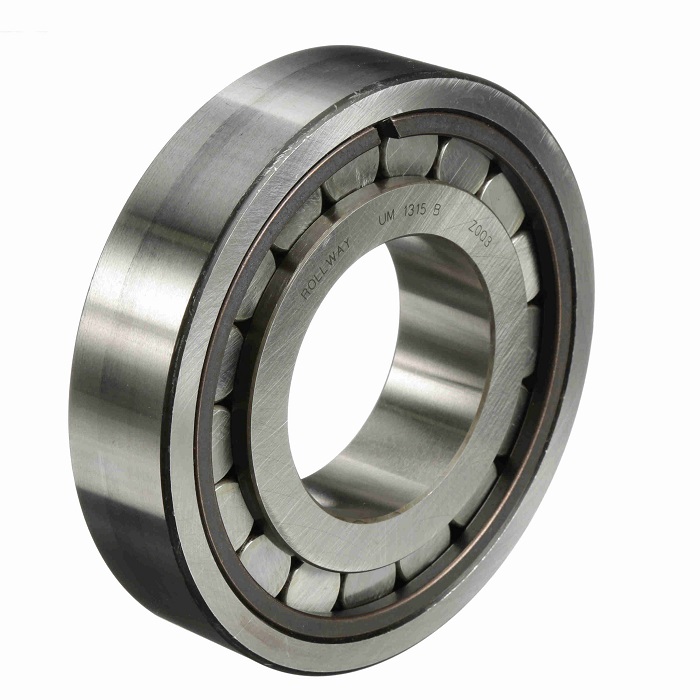
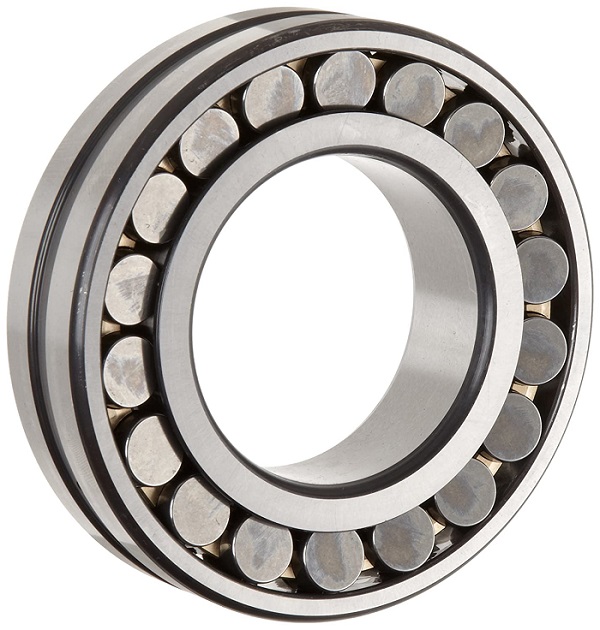
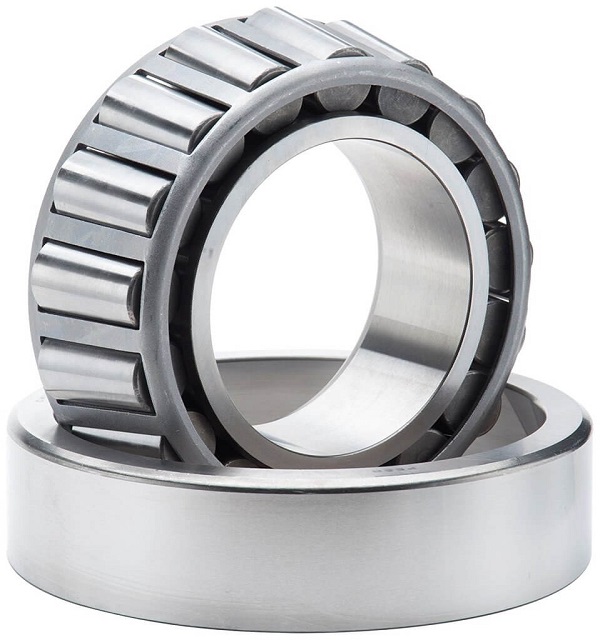
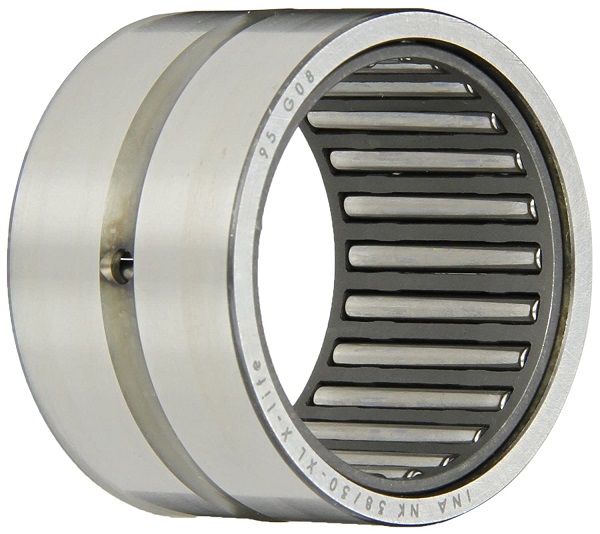
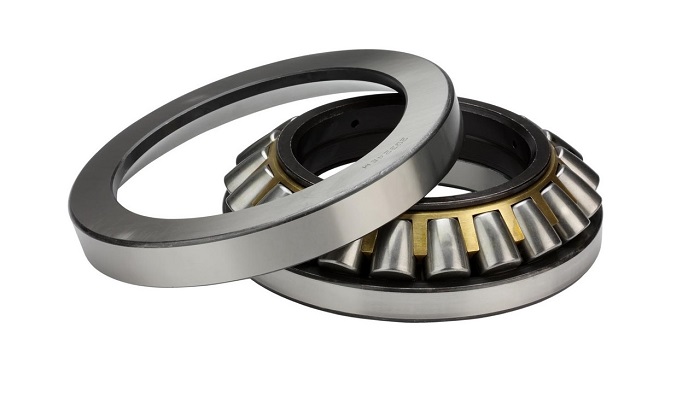
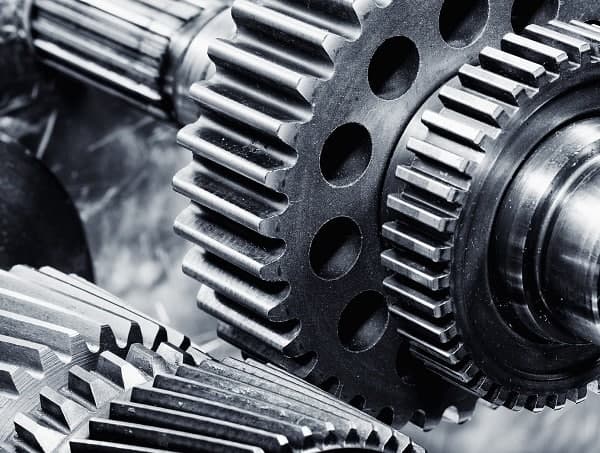
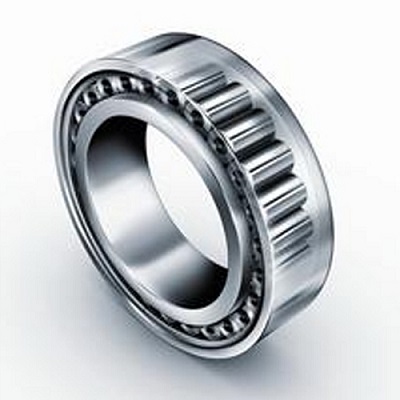


Thank you sir I know more about bearing blocks and bearings, it is very useful to me.
Soundarajan proprietor
Associated engineering
6 h chellamuthu complex
Netaji Nagar, Erode, Tamilnadu,
Thanks for sharing your experience with us, Sundarrajan! You can also visit our industrial directories, where you can find thousands of various industrial equipment based on your application and demand.